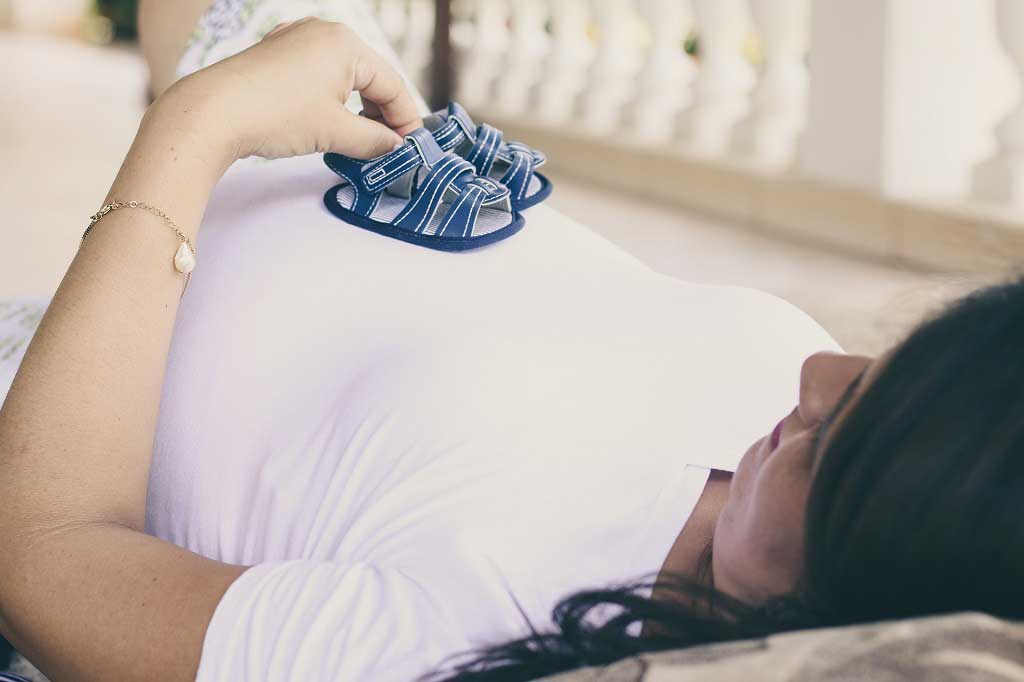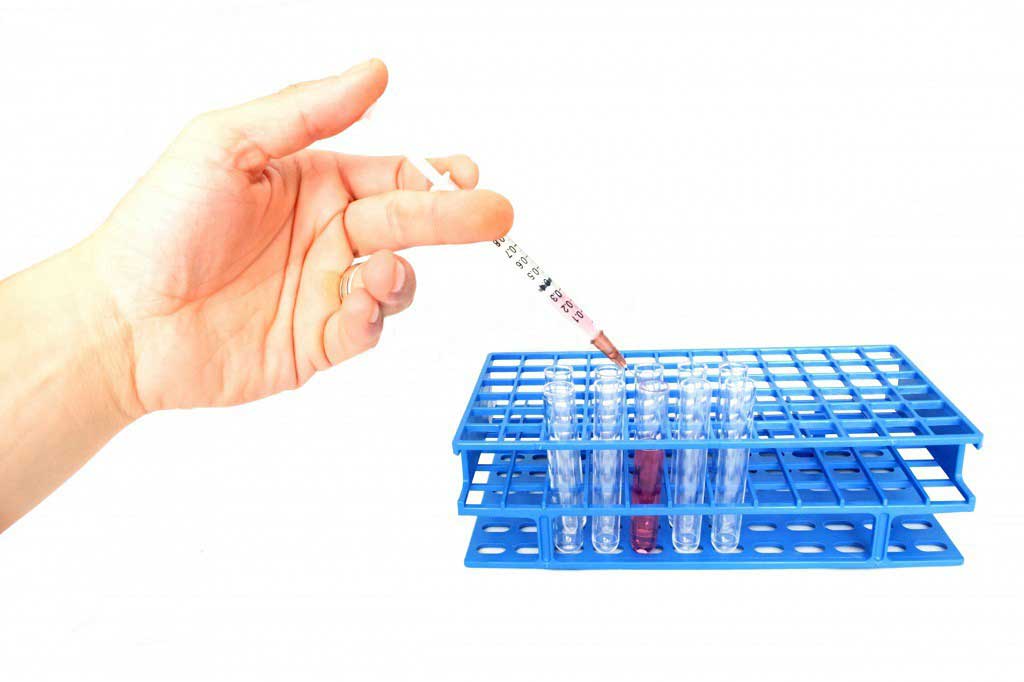Varicose eczema
Treatment
Treatment for varicose eczema aims to improve the condition of your skin, treat your symptoms and help improve your circulation (blood flow).
For many people, this involves long-term treatment with a combination of:
- self-help techniques
- Emollients (moisturisers)
- topical corticosteroids
- compression stockings
Lipodermatosclerosis (hardened,tight skin) is treated in a similar way to varicose eczema. If you have a venous leg ulcer , you can alsoread about treating venous leg ulcers .
If you also have varicose veins , your GP may also refer you to a vascular surgeon, who can plan any necessary treatment. Read about treating varicose veins .
Self-help tips
The followingsteps may help reduce the symptoms of varicose eczema and help prevent further problems:
- try to avoid injuring your skin injuries to your skin could lead to an ulcerdeveloping
- raise your legs when you are resting for example, by propping up your feet on some pillows(ideally so that they're above the level of your heart), as this can help reduce swelling
- keep physically activethis will improve your circulation andhelp you maintain a healthy weight
Fluidcan build upin the lower legs if you sit or stand for too long, so it's important to keep moving. Walking will get your muscles working and help to push the blood through the veins to your heart.
The National Eczema Society also recommends regularly flexing your feet and rising up onto your toes or bending down at the knees.
Emollients
Emollients aremoisturising treatments applied directly to the skin to reduce water loss and cover it with a protective film.They're often used to help manage dry or scaly skin conditions such as eczema.
Choice of emollient
Anumber of different emollients are available. Some can be bought over the counter without a prescription, but if you have varicose eczema it may be helpful to ask your GPto recommend a suitable product.
You may need to try several different emollients to find one that works for you. You may also be prescribed a mixture of emollients, for example:
- an ointment for very dry skin
- a cream or lotion for less dry skin
- an emollient to use instead of soap
- an emollient to add to bath water or use in the shower
The difference between lotions, creams and ointments is the amount of oil they contain. Ointments contain the most oil, so they can be quite greasy, butare the most effective at keeping moisture in the skin. Lotions contain the least amount ofoil, so aren't greasy, but can be less effective. Creams are somewhere in between.
How to use emollients
If you have varicose eczema, you should usean emollient at least twice a day, even if you don't have any symptoms.
To apply the emollient:
- use a large amount you should aim to cover all of the skin on your lower leg, not just the obviously affected areas
- don't rub it ininstead, smooth it into the skin in the same direction that the hair grows
- applyevery two to three hours for very dry skin
- after a bath or shower, gently dry the skin, then immediately apply the emollient while the skin is still moist
- don't share emollients with other people
It's very important to keep using emollients during a flare-up of varicose eczema, because this is when the skin needs the most moisture.Apply emollients frequently and in generous amounts during a flare-up.
Side effects
It's unusual for emollients to cause side effects, but they can occasionally cause a rash, and greasy emollients may sometimes cause folliculitis (inflammation of the hair follicles).
If you experience any side effects from your emollient, speak to your GP, who can prescribe an alternative product.
Emollients added to bath water can make your bath very slippery, so take care getting in and out of the bath.
Topical corticosteroids
If your skin is inflamed from a flare-up of varicose eczema, your GP may prescribe a topical corticosteroid (applied directly to your skin) to quickly reduce the inflammation.
Different strength topical corticosteroids can be prescribed, depending on the severity of your varicose eczema. If you have flare-ups of lipodermatosclerosis, you may need a very strong topical corticosteroid.
How to use topical corticosteroids
When using corticosteroids, only apply the treatment to the affected areas. Your doctor can advise youon how much to apply and how often. You can also check the advice in the patient information leaflet that comes with your medication.
Most people only have to apply a topical corticosteroid once a day. When applying the medication, you should:
- apply your emollient first and wait around 30 minutes before applying the topical corticosteroid (until the emollient has soaked into your skin)
- apply it only to the affected area
- use the topical corticosteroid for7 to 14 days and continue to apply the treatment for 48 hours after the flare-up has cleared
If your varicose eczema is moderate to severe, you may need to apply topical corticosteroids both between flare-ups and during them.
If you need to use topical corticosteroids on a long-term basis, you should apply them less frequently. Your GP will advise youon how often you should be applying them.
You should also speak to your GP if you've been using a topical corticosteroid and your symptoms haven't improved.
Side effects
Topical corticosteroids may cause a mild and short-lived burning or stinging sensation as you apply them, particularly if using a cream.
Generally, using a strong topical corticosteroid for prolonged periods will increase your risk of getting more serious side effects, such as thinning of the skin. Your doctor will advise you as to the strength of the medication you require and when you should use it.
Compression stockings
Medical compression stockings are specially designed to steadily squeeze your legs to help improve your circulation. They're tightest at the ankle and get gradually looser as they go further up your leg. This encourages blood to flow upwards towards your heart.
Medical compression stockings are used to treat varicose eczema and lipodermatosclerosis by improving the flow of blood through your leg veins and reducing the pressure in the veins.
Choice of compression stockings
Compression stockings are available in a variety of different sizes and pressures. They're also available in:
- different colours
- different lengths some come up to the knee and others also cover the thigh (you should only need knee-high stockings for varicose eczema)
- different foot styles some cover the whole foot and some stop before the toes
Support stockings or tights that lightly compress the legs can be bought from pharmacies. Compression stockings that compress the legs more are available on prescription and require you to be measured by a nurse first.
In some cases, if you find it difficult to put on your stockings, you may be advised to use an tubular bandage instead.
Wearing compression stockings
You'll usually need to put your compression stockings on as soon as you get up in the morning and take them off when you go to bed.
Wearing compression stockings can be uncomfortable, particularly during hot weather, but it's important to wear them correctly to get the most benefit.
Pull them all the way up so the correct level of compression is applied to each part of your leg. Don't let the stocking roll down, or it may dig into your skin in a tight band around your leg.
Speak to your GP if the stockings are uncomfortable, they don't seem to fit, or you have difficulty putting them on. It may be possible to get custom-made stockings that will fit you exactly.
Take care whenputting compression stockings on and taking them off,as thiscan damage fragile skin. If you have a leg ulcer, it ideally needs to heal before you start wearing compression stockings.
Caring for compression stockings
Compression stockings usually have to be replaced every three to six months. Speak to your GP if your stockings become damaged, as they may no longer be effective.
You should be prescribed two stockings (or two sets of stockings if you are wearing one on each leg) so that one stocking can be worn while the other is being washed and dried. Compression stockings should be hand-washed in warm water and dried away from direct heat.
Complementary therapies
Some people try complementary therapies such as food supplements or herbal remedies to treat varicose eczema, but there is often a lack of evidence that shows they are effective in treating the condition.
If you're thinking about using a complementary therapy, speak to your GP first to ensure the therapy is safe for you to use. You should continue with any other treatments prescribed by your GP.
Introduction
Read about varicose eczema, a long-term skin condition that affects the lower legs and is common in people with varicose veins
Treatment
Read about treatments for varicose eczema. Treatment aims to improve the condition of your skin, treat your symptoms and help improve your circulation (blood flow)







 Subscribe
Subscribe Ask the doctor
Ask the doctor Rate this article
Rate this article Find products
Find products